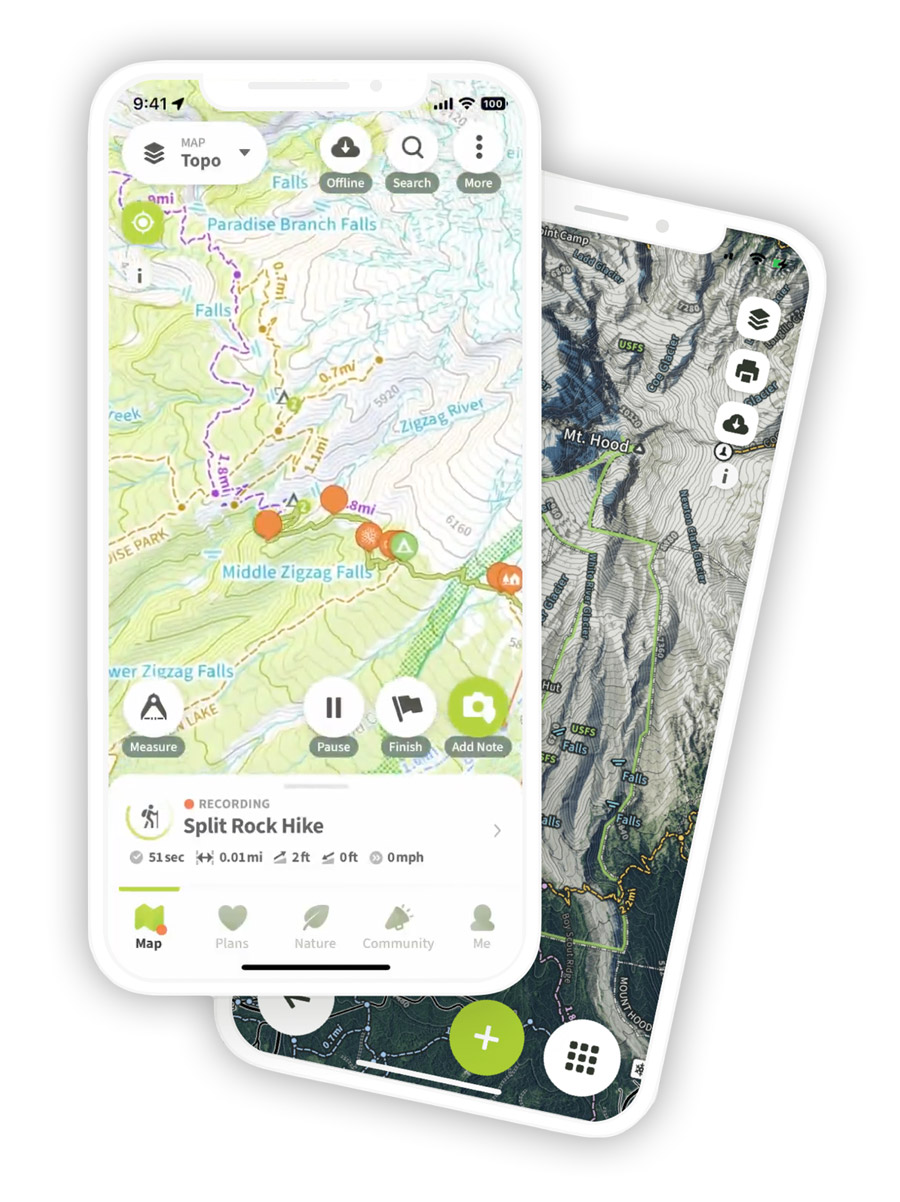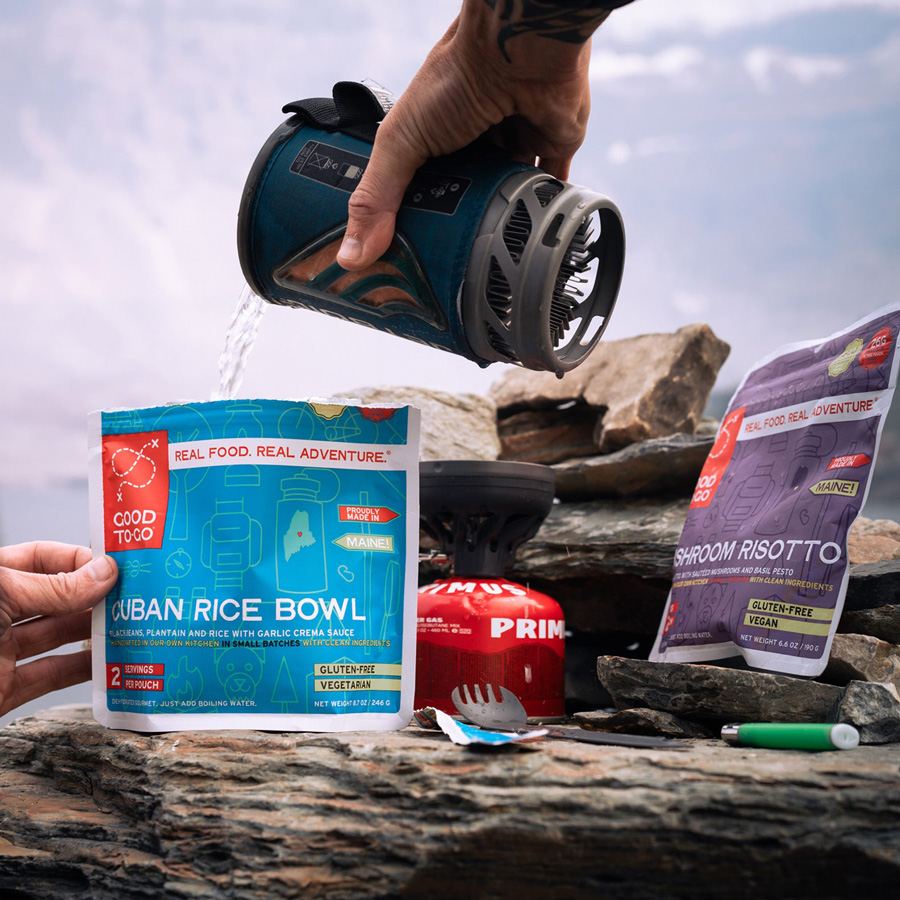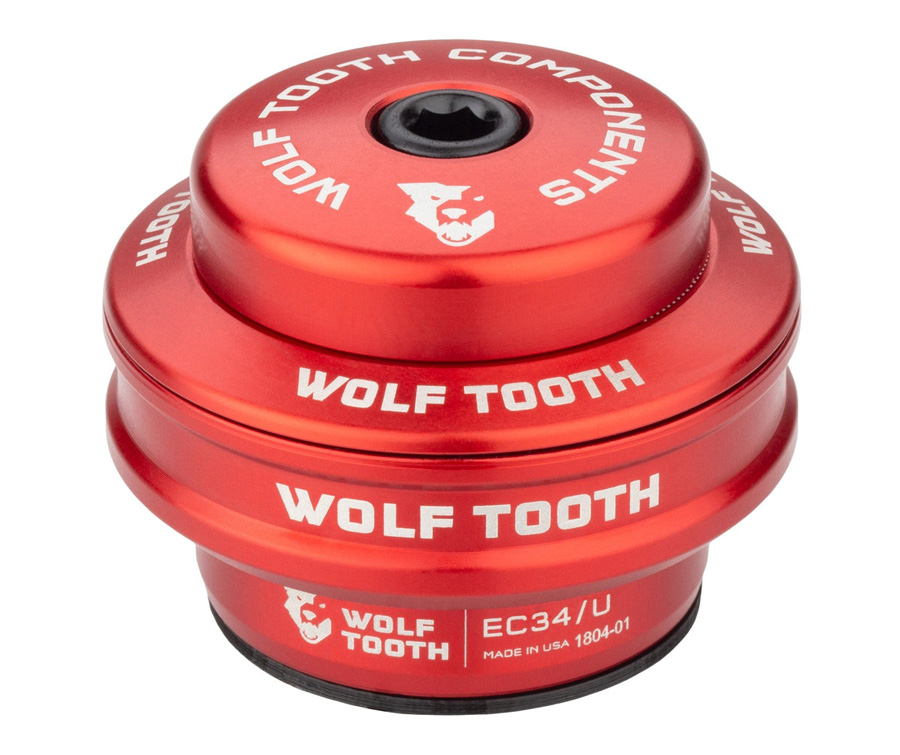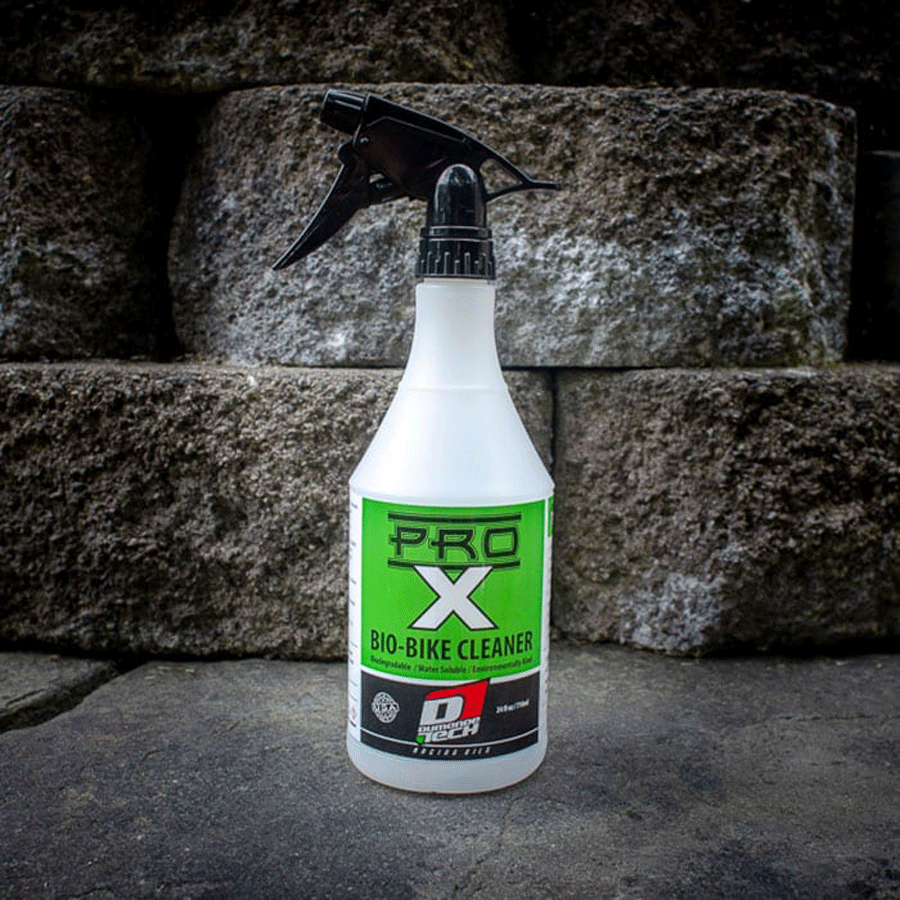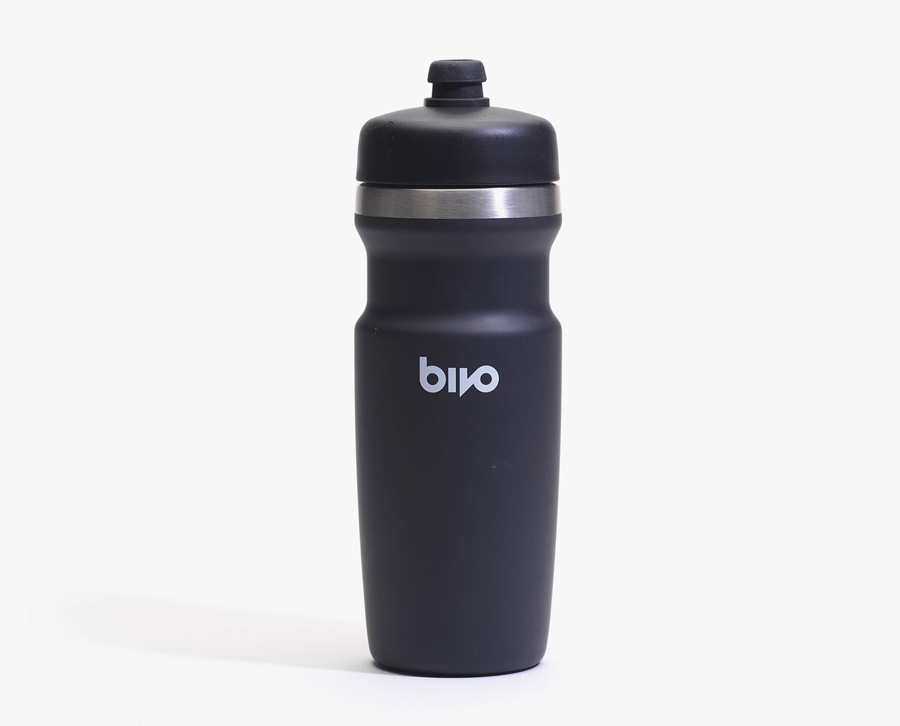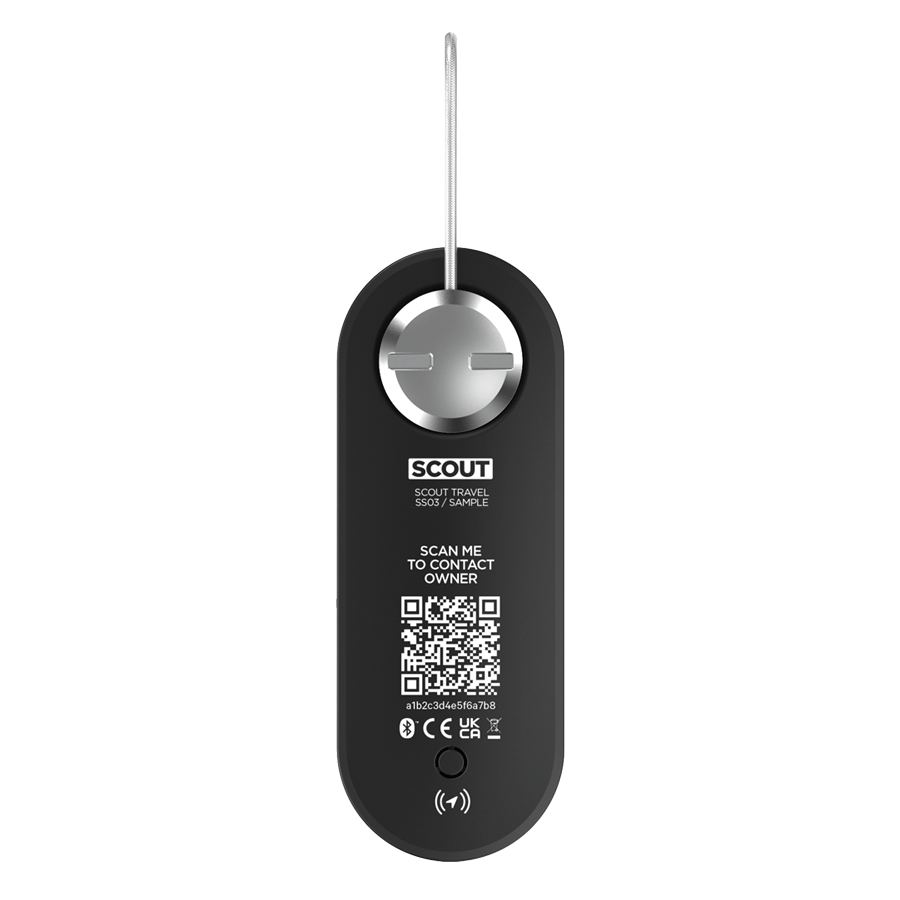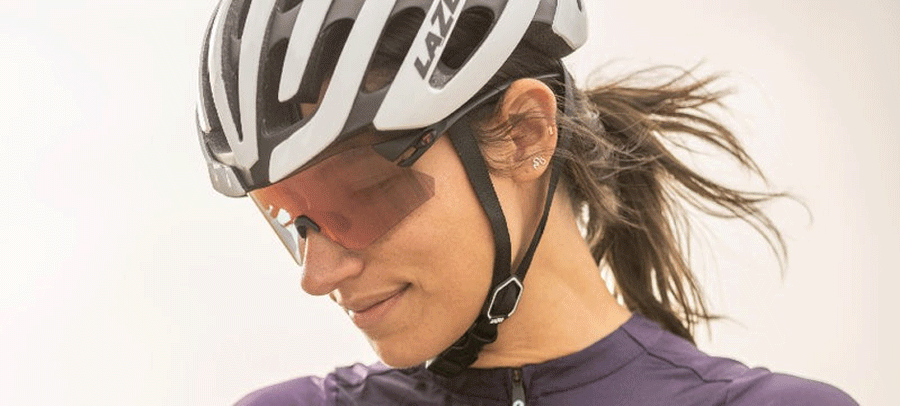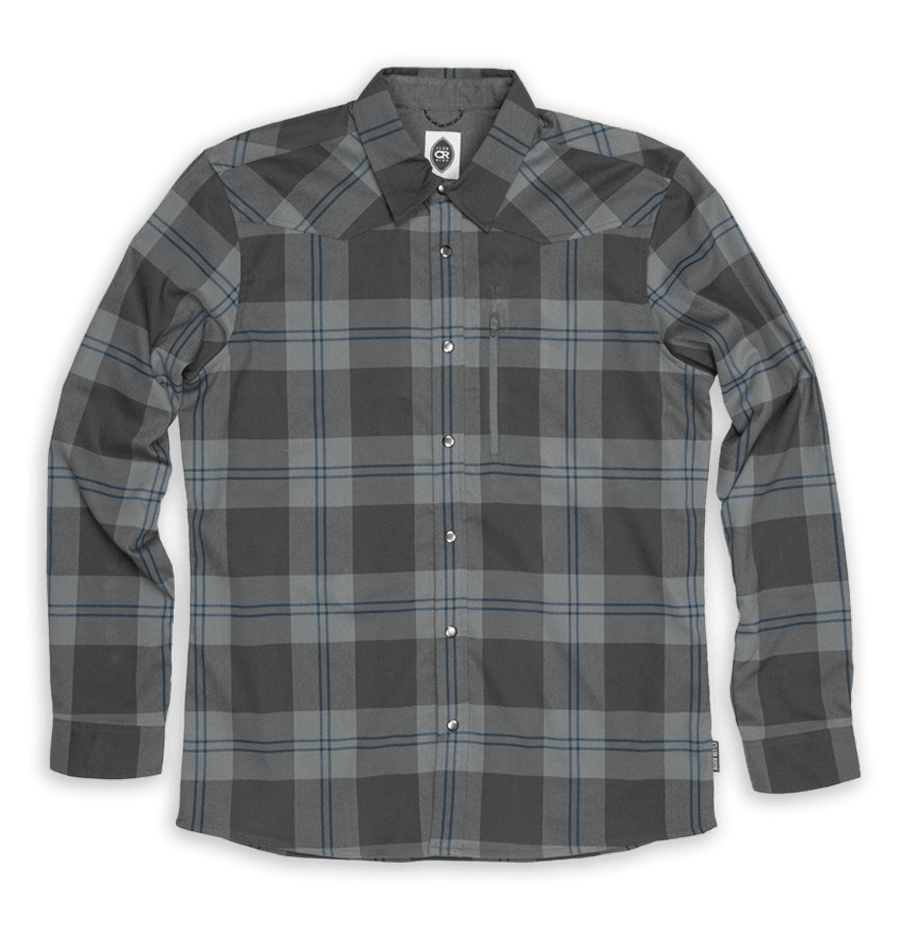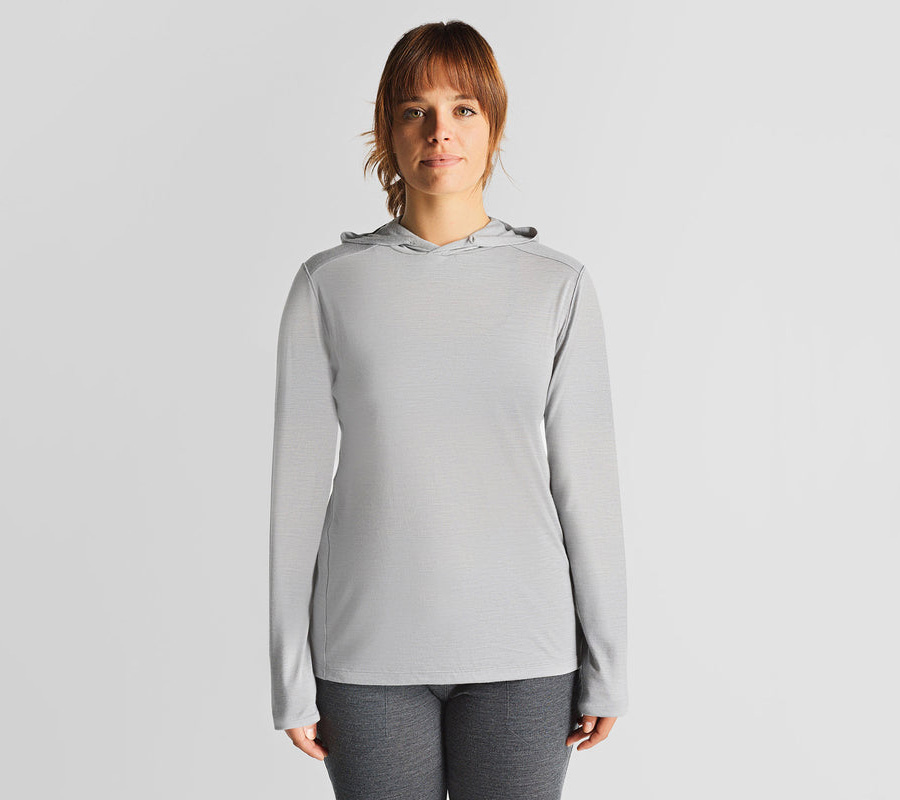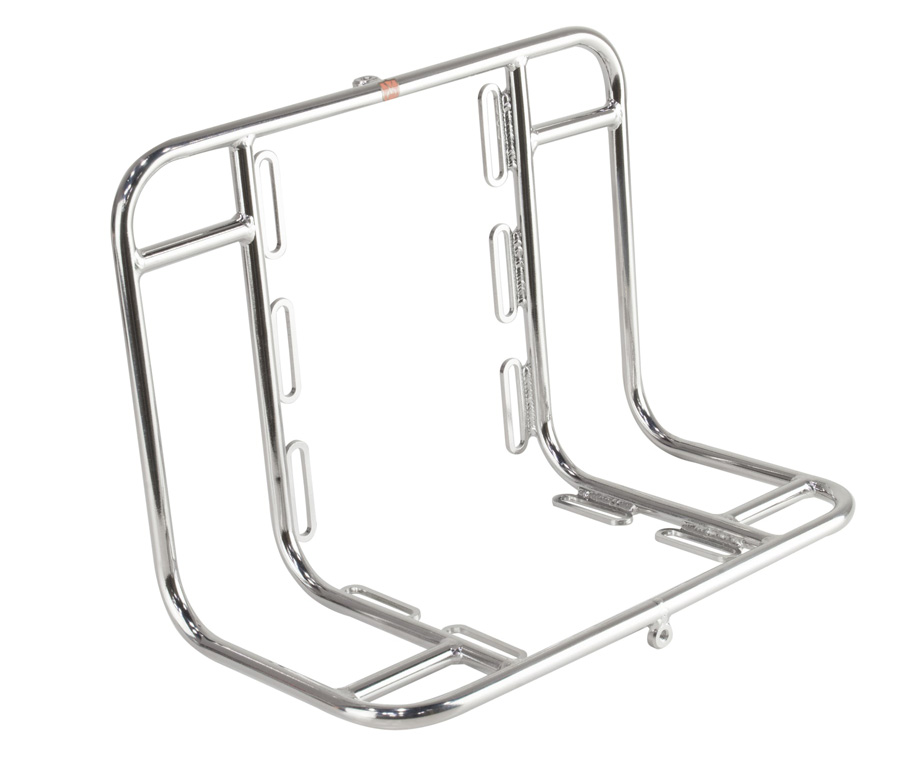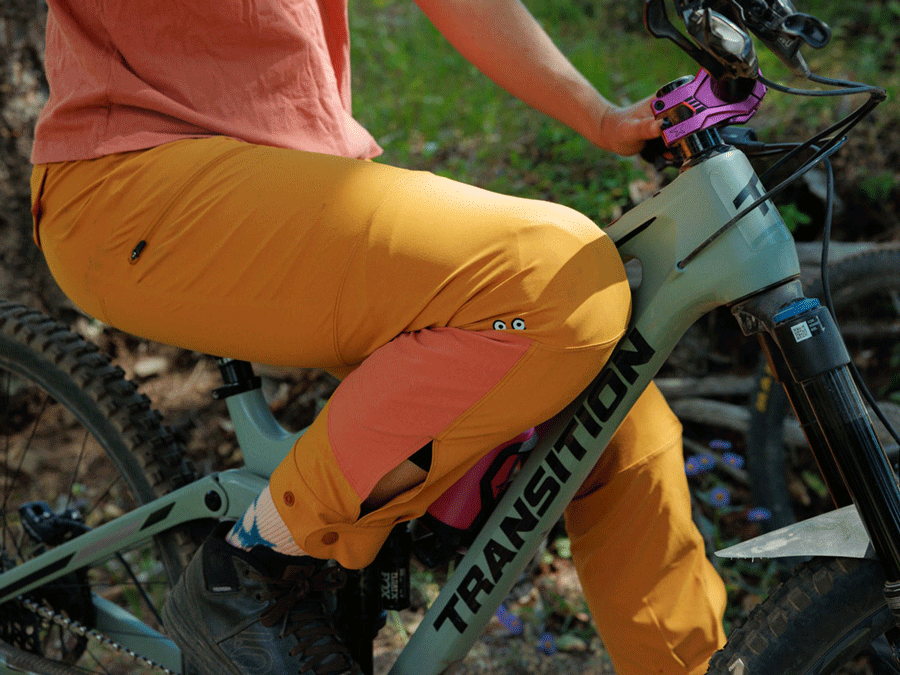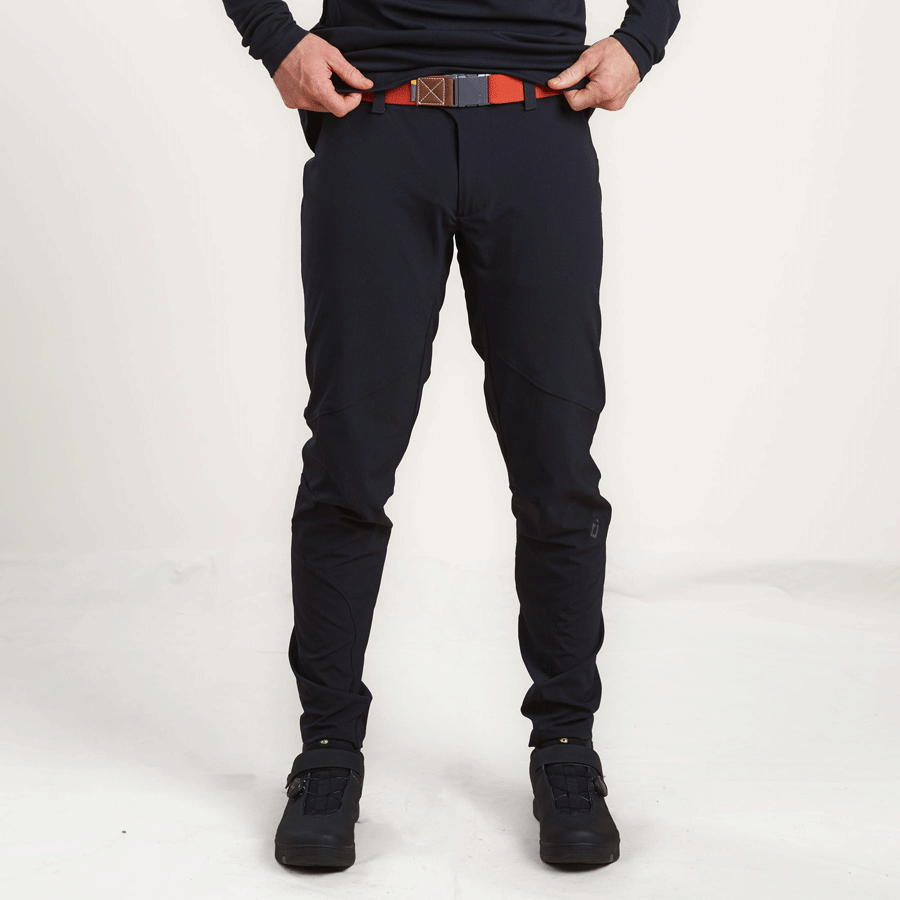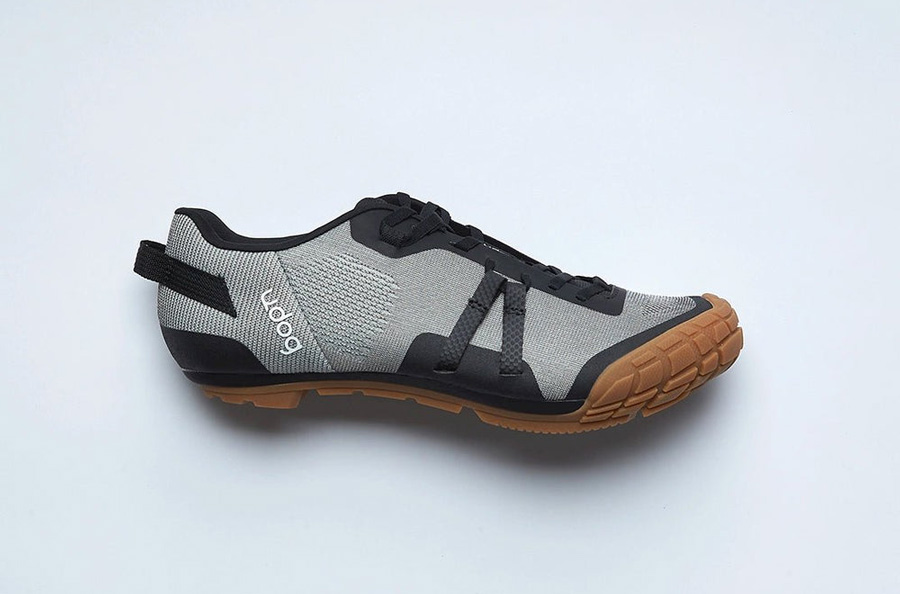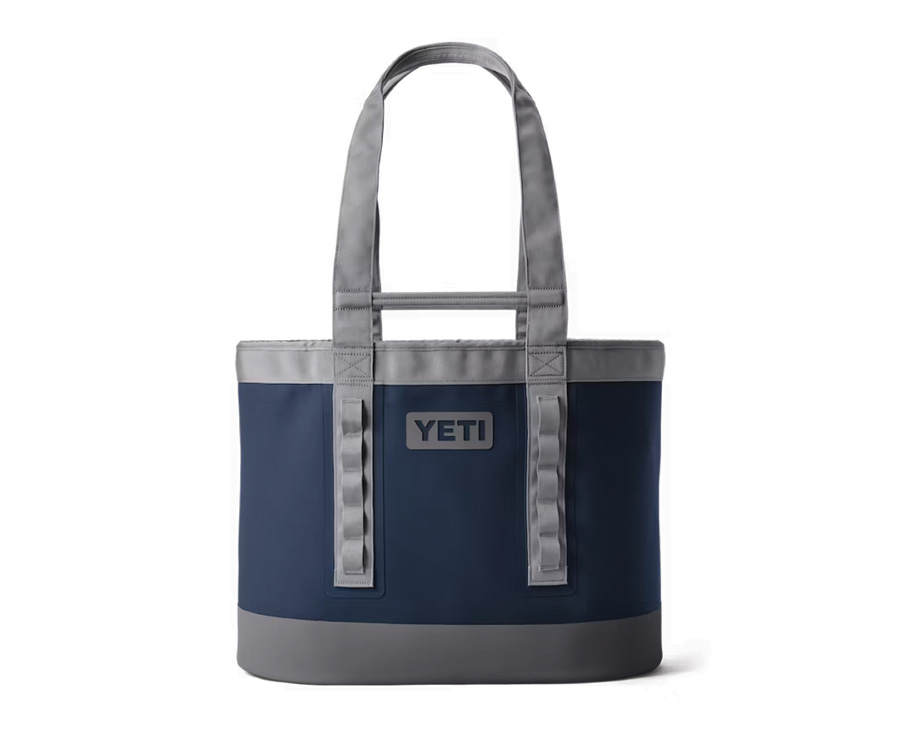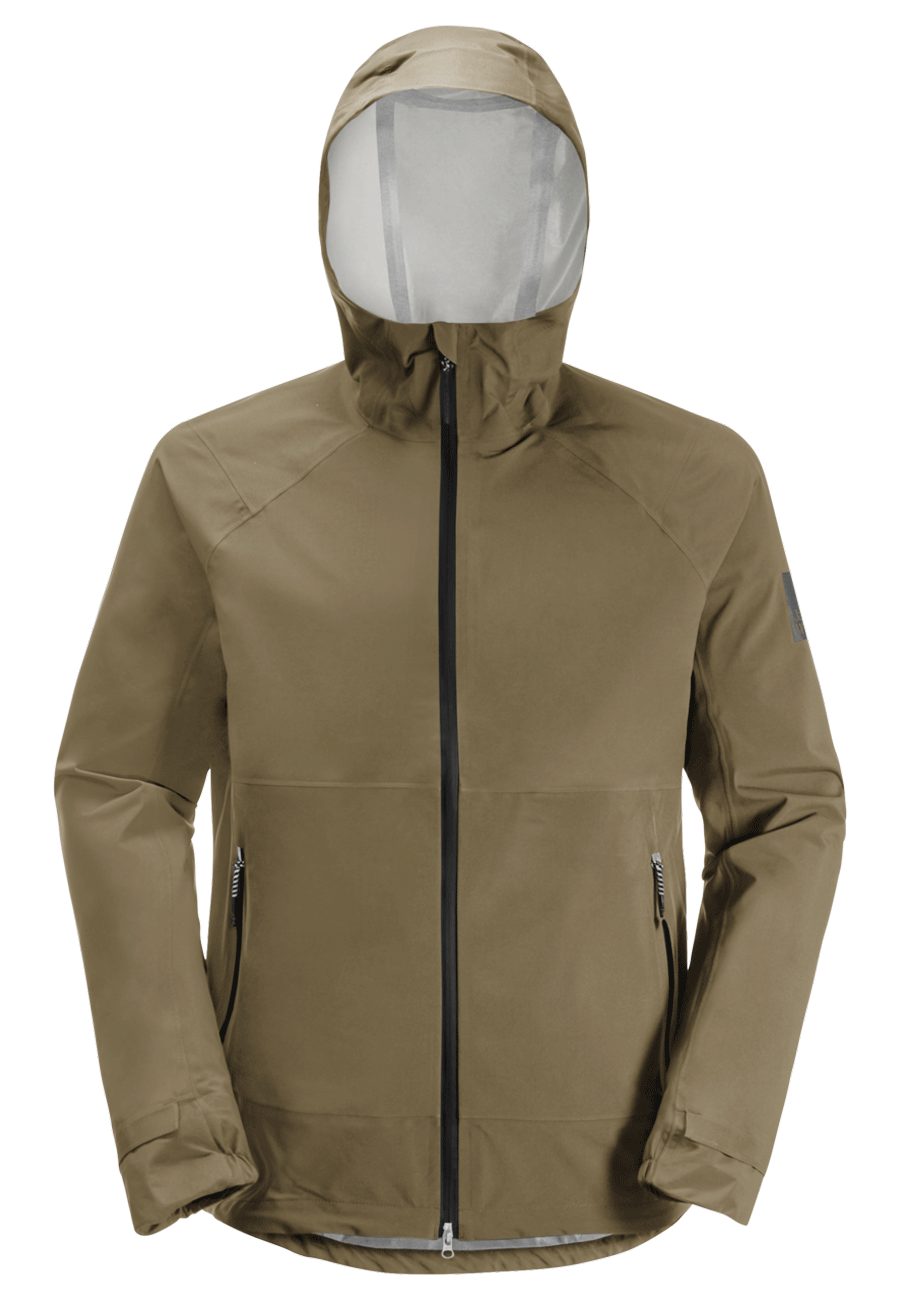Geared Up: Holiday Bonanza 2023
Natural Atlas App, $5/month or $40/year
These days, bike travelers are spoiled for choice when it comes to mapping apps. If you’re reading this, there’s a good chance you already have a favorite, but if you’re a budding naturalist or just like to learn more about what’s around you during your local rides or hikes, it’s worth checking out Natural Atlas. The free Starter version features the basics such as trip recording, but if you upgrade to Plus, you can create and navigate routes, save data offline, and choose from several different base maps. Plus also features a robust selection of map layers, including several weather-related layers for temperature, cloud cover, and wildfires. But what sets Natural Atlas apart from the zillions of other GPS apps on the market is its focus on the natural world.
Natural Atlas isn’t just another mapping app; it’s also a field guide. Want to identify those wildflowers you keep seeing on your local rides? Curious about what kind of wildlife you might encounter during next summer’s bike tour? Or maybe you like learning about the geology of the mountains near your home. Natural Atlas has all this, plus details about tides and river levels, the latter of which could be awfully handy if you’ve ever explored the desert or been concerned about river crossings. But wait, there’s more! Natural Atlas is also crowdsourced — you can take your own field notes during your rides or hikes, jotting down what kinds of flora and fauna you encounter and uploading photos, and make your observations public, adding to the already impressive amount of data in the app. You can even connect with other Natural Atlas users to trade beta or get together for a group ride.
You do need to fork over some dough to get the most out of Natural Atlas. Plus runs $5 per month or $40 for the year, and you can sign up for a free seven-day trial. –Dan Meyer
Good To-Go Camp Food, $6.85–$8.60
A lot of dehydrated camp food is mushy and tastes bad. If you’ve ever tried to eat a camp meal at work, as opposed to after a heavy day of exercise, you’ll know what I mean. Good To-Go’s camp food is different and delicious. Every meal the company makes was inspired by head chef and CEO Jennifer Scism’s travels to more than 20 countries. Scism, who is a graduate of the French Culinary Institute in Manhattan, a former NYC restaurant owner, and a former Iron Chef competitor, now makes Mushroom Risotto, Chicken Pho, Bibimbap, Roasted Corn Chowder, Breakfast Hash, and other delicious dehydrated meals in single- and double-serving pouches with the best ingredients available. Many of Good To-Go’s meals are allergen-free. On the website, you can search by diet (vegan, vegetarian, etc.) or allergen (peanuts, eggs, shellfish) to find meals that work for you. In camp, meal prep requires adding hot water to the pouch the meal ships in. My current favorites are the Kale and White Bean Stew, and Indian Korma, but I rotate through most of them on my adventures. –Berne Broudy
Wolf Tooth Components Color Accents, starting at $9.95
Add a little bling to your bike without breaking the bank with Wolf Tooth’s color accents. Headsets, seatpost clamps, pedals, spacers, bottle cage bolts, dropper levers, axles, handlebar tape, top caps, grips, rotor lockrings, chainring bolts — Wolf Tooth has many colorful parts and pieces that you can easily swap in for whatever is spec’d on your bike, and most are easy enough to install at home. Color accents come in a rainbow of anodized aluminum colors that you can use to personalize your ride. Some parts come in a kit, and some are sold solo. I added orange spacers and bottle bolts to my baby blue bike to match my orange fork. Another friend went full black to murder out her ride. Match your favorite sports team, your alma mater, or anything else. And the parts are affordable enough that you can experiment without regret. –BB
Dumonde Tech Pro-X Bio-Bike Cleaner Spray, $21
I’ve used a few “bio” bike cleaners that may have been bio-friendly but didn’t do a whole lot of cleaning. Luckily, Dumonde Tech’s Pro-X Bio-Bike Cleaner Spray backs up its claims at being biodegradable, non-toxic, and water soluble as well as breaking up the grit, grime, and grease on your bike. It’s not a full-on degreaser, but it’s done a great job at cleaning up the drivetrains on my bikes, making it a solid choice for a do-it-all bike cleaner.
Unlike some other cleaning sprays, Bio-Bike doesn’t foam and you don’t need to overspray for it to do its job. When washing my bikes, I primarily use dish soap mixed with warm water to do most of the cleaning, but for trouble spots — grease, chain lube cast-off, road grime — I would spray some Bio-Bike, let it sit for a couple of minutes, rinse it off with the hose, and then go over it with a sponge again. I used Bio-Bike on carbon and steel bikes, and it never left any residue on the paint or on components, and it has a mild, pleasant scent.
You can find a 24 oz bottle of Dumonde Tech’s Bio-Bike spray for about $21 online or at your local shop, and you can refill it using Bio-Bike Concentrate in quart, half-gallon, or gallon containers. –DM
You’re ready to go out for a ride, so you grab the nearest cycling bidon from your hot garage or vehicle. It’s not empty. You unscrew the lid to investigate: uuuuugh. Last week’s unconsumed electrolyte drink has unmistakably soured and the ick has baked into the plastic of your bottle, a universal experience among cyclists. Even if you clean it out immediately, you’ll still know.
Bivo, a small company based in Burlington, Vermont, has the answer: a cycling bidon comprised of recyclable 304 stainless steel — the lid and flow straw are FDA-grade polypropylene and food-grade silicone — that will outlast any plastic one on the market. What’s more, the bottle is designed to utilize gravity to allow the water to flow out of the nozzle— no squeezing involved! When the nozzle is lifted, a small air hole is exposed, allowing water to flow on its own through a thin internal silicone straw, through the nozzle, and into your mouth. All Bivo bottles are dishwasher safe, come with a handy silicone tool to clean the internal straw, and fit into any bottle cage (Bivo recommends a plastic cage over metal for a tighter hold). I’m psyched about this bottle, to be completely honest. Traditional plastic bidons are fun to collect but can get grimy past the point of no return quickly, especially if you tend to ride off-pavement (add the $5 Dusty Dirt Cap for extra protection of your Bivo’s nozzle if that’s you). The new Bivo Trio Mini holds 17 oz of liquid and the double-wall vacuum insulated bottle’s exterior comes in “raw” (uncoated stainless steel) or can be coated in anti-slip silicone. Not all Bivo’s products are insulated in an effort to cut down on weight, but I certainly appreciated that aspect of the Trio Mini. I compared it to the uninsulated 25 oz Bivo Duo Raw by filling both up with ice-cold water; the outside of the uninsulated bottle was immediately cold to the touch, while the insulated bottle remained room temperature. It’s not a deal breaker, but it is a nice detail. Bivo products are not recommended for use with hot or carbonated liquids. –Ally Mabry
If you’re doing a multimodal bike trip that requires you to store your panniers or bike bag in a separate compartment, or if you’re traveling through a bustling area known for pickpockets, then this tag is a great stress reliever. The Knog Travel Scout has three main features that are helpful for the intrepid traveler. Information added to your tag can be found if someone scans the QR code on the back of your tag, so a lost bag can easily be reconnected to you. It connects to Apple’s Find My app, so if your item leaves your vicinity (or you take off without it) you can get a notification or otherwise track your Scout Travel’s location, depending on your Find My settings. It also has an alarm, so you can attach the tag on zippers, and if it’s fiddled with, an alarm will sound, which is a helpful feature for, say, storing items in an overhead bin or keeping your panniers attached to your bike in the cargo area of a train. I found the tag really handy while traveling around Dublin and Mexico City, but now that I’m home I’ve been considering attaching the tag to the items I’m often scrambling to find throughout the day, like my keys or wallet. While this is currently only compatible with iOS, I love that it doesn’t require a subscription or ongoing payments in order to utilize all its functions. –Carolyne Whelan
I have sensitive eyes and need sunglasses with expansive coverage to be comfortable riding in the desert or near the ocean, where plenty of sunlight gets reflected back to me. The lenses of the Tifosi Rail are “shatterproof” polycarbonate and are 131mm wide and 59.5mm tall, with a shape that keeps light from leaking around the bottom. This gives them a futuristic and technical look, rather than anything stylish. At 32g, they’re so light I forgot I was wearing them 30 seconds after I put them on, which also meant I forgot that I was talking to people looking like a member of Daft Punk.
The Rail is rimless, so the lenses connect only to the earpieces and a nosepiece. There is no halo of plastic to add weight or obscure vision. The Rail can come either with Fototec lenses that change tint based on the light (which I don’t prefer) or as the Interchange model, which comes with three swappable lenses (which is the model I chose). My kit came with a clear one for dust protection, one with a medium rosy tint, and a much darker one, which is the main one I use because I’m delicate. While I didn’t find swapping out the lenses to be intuitive, it was fairly simple with instructions. According to Tifosi, their fit is Large–Extra Large, so they may not be appropriate for smaller heads. I wear a size medium helmet and they fit me well. Odd fact — the Rail was designed for two specific and unrelated sports: cycling and baseball. Works well for cycling; can’t vouch for baseball. –Lauren Hudgins
Club Ride Griffin Flannel Jacket, $100
Growing up in Minnesota, an insulated shirt jacket was an easy sartorial choice during our frigid winters — it was a nice piece of extra warmth under your coat, and you could stay cozy indoors without looking like you still had your jacket on. I got one from our local farm and feed store and wore it until it fell apart.
Club Ride’s Griffin Flannel Jacket carries on that same spirit but with a design aimed at cyclists and, admittedly, better styling. It’s not insulated, but it features a heavy-duty, two-layer fabric with a wind-resistant front panel and a breathable back panel. Other features include a zip chest pocket on the left, an internal stow pocket on the right, and snaps instead of buttons. The fit is generous — I wore a medium and found it roomy but not bulky. The Griffin wouldn’t be my first choice for high-intensity rides, but for commuting or casual cruises downtown for dinner, it’s a great option, especially in cooler weather. Worn over a T-shirt, it kept me warm and comfortable while riding in temperatures between 45°F and 60°F. My only knock on the Griffin is that the polyester/spandex fabric gets a little stinky after a few wears. –DM
I was excited to try this merino wool sun hoodie this summer because I was headed to the Pacific Coast and the southwest and was unsure how to pack for those days with a lot of sun and big temperature swings throughout the day. This shirt quickly became my go-to. It is cozy, soft, and incredibly breathable. I was skeptical of the darker color, and for a long summer tour I may choose a lighter version, but overall it did not leave me baking in the sun while protecting me from its rays. My favorite features are the little elastic thumb straps (a big upgrade from bulky thumb holes that get bunched up under cycling gloves), the hood designed to fit under a helmet without covering any visibility, and the little button under the chin, which can keep in warmth in the morning and then allow some venting once I heated up. I didn’t realize the shoulder seams were purposefully designed to be off the shoulder so backpack straps wouldn’t cause the seams to chafe, but it’s another smart feature. Of course, being merino wool from Australia, it’s an incredibly soft shirt I was able to wear for many, many days of riding before feeling too funky. I hung it up to air out overnight, and in the morning it was ready to ride. –CW
Velo Orange Utility Riser Bar, $130, and Utility Rack, $90
What separates the Utility Riser Bar from any other flat bar are the integrated “alien-eye” mounts at the top, which have the same thread and diameter as standard frame bolts. Attach literally any combination of things to these mounts: bottle cages, light mounts, bells, or Velo Orange’s Utility Rack, which I’ll get to next. The mounts can be utilized from either front or back, which means you could ostensibly connect four bottle cages — wild! This handlebar has a nice 15° backsweep and 2° upsweep, for a total of 69mm rise. With an overall width of 780mm, it feels a bit Dutchy, encouraging a more upright cruiser-y riding position that I have really enjoyed on my fully rigid mountain bike. You’ll need a 31.8mm stem clamp to use these bars and make the tough decision between silver and black finishes.
The Utility Rack offers just about endless creative options for attachment — it has eyelets up and down the center of the whole rack and can be mounted using either two attachment points for lightweight carrying, or four attachment points to carry up to 15 lbs. The creativity of this system comes into play with several orientation possibilities: make it tall and shallow to carry more vertically, or low and long for a wider base platform. You could even get crazy and mount it upside down if you wanted — why? Well, I don’t know, but maybe you have a good reason. Use your imagination.
When put together, this Utility System is such a fun, creative solution for bikes that don’t have a great way to integrate a rack. It’s also hella sturdy. Fully loaded and tightly secured, the bars handle super well. I’ve been using the Utility System in tandem with a Velo Orange Bungee Cord Cargo Net and have enjoyed strapping big grocery bags or cardboard boxes on front while running daily errands. For an overnighter, the system allowed me to be very lazy and simply pile on my various stuff sacks and tent poles under the security of the bungee net. The question I’ve been asking myself is “would this system benefit from a basket?” and my answer is yes because carrying small, oddly shaped items can be tricky with the Utility Rack alone. And that’s cool, because attaching a basket to the platform is totally an option. Where this Utility System shines for me, though, is the encouragement it lends me when I’m treasure hunting in urban alleyways — find a cool lamp on the curb? Strap it on! Free pile of firewood? No problem! I recently passed a yard sale on my way home from work where they were selling a projector — good news, it fit! –AM
Pearl iZUMI Expedition Alpha Jacket, $175
Windbreakers are an undeniably functional, practical piece of gear to keep on hand for just about any bike ride. They are lightweight, pack small, help hold in heat as a shell paired with a base layer, and can keep the sudden light rain from ruining a ride. But … I just don’t like them. I’m a very texture-focused person, and it’s hard for me to get excited about putting on a windbreaker, especially if I’m wearing a short-sleeved jersey or tee, so when I do it’s typically with a slight grimace. The Expedition Alpha has been a literal game changer for me, though, extending rides when it’s time for the descent, the sun crests the mountain and temps dip, or cloud cover causes a sprinkle. Now when I’m leaving the house before the sun has had a chance to warm things up, I no longer pace about my coat rack debating how I want to carry the coat I will inevitably take off. The lightweight Expedition Alpha has a quilted, fleeced internal front, meaning the parts that the wind would be pushing against your skin are just slightly insulated and soft. The result is fabric that doesn’t feel cold even as it’s holding in warmth, nor does it have the awkward, smooth scratchiness of ripstop fabric. This jacket is weather resistant and has saved my butt — err, back — when I miscalculated how the winds were blowing a nearby storm. I do wish it had a hood, because I love a hood, but pairing this jacket with a gaiter and a light wool cap has kept me toasty warm on the chilliest of mornings. –CW
Curious Creatures Sun Dog Pant, $180
Stretchy, colorful, and so comfortable, Curious Creatures’ Sun Dog Pant is the perfect leg covering to take the bite out of a cool morning or to be a cover-up when the riding is done. They’re good-looking enough and so comfortable that I even wore them off the bike, or for running errands on the bike around town when the trip was short enough that jeans would have also sufficed. The four-way stretch polyester pants have a yoga waistband with a backup drawstring made from wicking, quick-dry recycled polyester and spandex. Because pant cuffs can get caught in the chain or greasy if they rub against it, these pants have overlapping snap cuffs at the ankles that do double duty as vents. Front thigh pockets were perfectly placed and didn’t interfere with carrying things in them while riding. Snap-close back pockets gave the pants style and extra storage. PVC-free DWR helped them repel moisture in a sprinkle. And I loved the hanger loop inside the waistband: whether I was in a campsite or couch surfing at a friend’s house, I could hang these to dry and to air out. They have a standard fit with a little bit of articulation at the knee that helps make them extra comfy when pedaling. I also didn’t mind packing these when I wasn’t sure if I needed pants or not. They’re low bulk, and more than once I was so glad I had brought them along. And every single time I’ve worn these pants, I’ve gotten at least one compliment on them. –BB
Velocio Trail Access Pant, $199
I’d been on the lookout for a pair of pants for shoulder-season riding when Velocio came calling with the Trail Access Pant, part of its new line of mountain bike apparel. Upon inspection, the Trail Access Pant appeared to hit all the marks: stretchy softshell fabric, two zip thigh pockets, and a tapered cuff at the ankle. The Cordura fabric includes a durable water-resistant coating that doesn’t contain any PFCs or PFASs (chemicals that persist in the environment for long periods), and instead of using some kind of cinching mechanism integrated in the waistband like many other MTB pants and shorts out there, Velocio went with the simplest solution: a belt.
In use, I found the Trail Access Pant to be durable and comfortable. The material is stretchy enough to move with you in all directions and very breathable. I wore the pants mostly in temperatures between freezing and 60°F; in warmer weather they were a bit much, but in cool and cold weather they felt very comfortable with just the right amount of warmth and wind resistance. I wouldn’t hesitate to wear these for winter fat biking, either, with maybe a thin baselayer underneath if needed. I also wore the Trail Access Pant during autumn overnights for hanging around camp and the inevitable chilly morning ride out. They pack up small enough that I wouldn’t think twice about bringing them on bigger adventures that might see cooler temps.
After enduring camping, hike-a-biking through brush, scrambling around rocks, and even riding some gnarly trails in Moab, these pants look no worse for wear. I would expect them to last for many seasons, which they had better for $200. Granted, that price includes the stretchy, breathable Arcade Ridge belt, which alone costs $35, so take that for what it’s worth. The fit is on the slim side (I wore a medium), with room for kneepads if that’s your jam, but the waist is weirdly huge. It’s a good thing the Trail Access Pant came with a belt, because it would fall down my hips without it! I understand the reasoning to go with a belt as opposed to an integrated cinching system: belts are replaceable and belt loops are easily repairable, which should aid in these pants lasting for years and years, whereas many of the integrated doohickies wear out over time and aren’t as easily fixable. But I often wear a hip pack when mountain biking and bikepacking, and I don’t always want to have essentially two belts on at the same time. Luckily, the Arcade buckle is pretty slim, so it didn’t bother me as much as I thought it would. –DM
Udog Distanza Gravel Shoes, $200
Bike shoes are supposed to be snug, and many popular shoemakers design for narrow feet. The rest of us have few options, and the situation only gets worse as feet swell during a full day in the saddle. I’m someone with feet too wide for most bike shoes, but not wide enough for wide-specific sizes. Additionally, I need to be able to fit my custom orthotics. With more room than many bike shoes, Udog’s Distanza is the best option I’ve tried so far and stayed comfortable after long hours of pedaling. I only tested these shoes in late spring and summer, so I do not know how they feel in bad weather yet, but I didn’t mind them in the heat. Not that it’s my highest priority, but I’ve gotten compliments on the Udogs’ sleek appearance. With the exception of the toe bumper (which they call “an innovative, crag-inspired outsole”), they would make dignified commuter shoes for a snooty corporate office. But you need the bumper in case you kick rocks in a scree field. –LH
Yeti Camino 50 Carryall Tote, $200
I’ve used a lot of different styles of bags to haul my cycling gear: ones with compartments for each and every accessory, duffels, fabric cubes, milk crates, and more. My favorite gear hauler to date is Yeti’s Camino 50 Tote Bag. The bag is delightfully overbuilt. The main compartment is a waterproof ovalized space that’s easy to rummage around in. On the outside, there is a five-loop hitch point grid for clipping things onto the bag. It carries with long, tough shoulder strap handles with a stabilizer at the base of the straps to make the bag easier to carry. An inside zipper pocket holds a wallet and keys, and clever dividers pop out to hold muddy shoes and a sweaty chamois that I don’t want mingling with my other gear. I often carry multiple helmets and multiple pairs of shoes. The bag is big enough that I can store everything in there when it’s not in the wash or drying after a ride. Side dividers also do a great job of keeping full water bottles vertical to minimize spilling. For a lot of people, the 50-liter bag is overkill, and the 35 has more than enough space — and it’s cheaper too. The bag is pricey, but it seems like it won’t wear out for a long time. I’ve used it year-round for a couple of years, and so far it shows no wear and tear. –BB
Jack Wolfskin Bike Commute Mono Jacket, $350
Jack Wolfskin’s Bike Commute Mono Jacket is, well, a jacket for commuting on your bike. It has bike-specific details such as a droptail, rear vents, reflective accents, and pockets galore. The Mono also features a hood large enough to sit over a helmet and fabric that is both windproof and waterproof. Sounds pretty standard for a cycling jacket, right? Well, the Mono has a few tricks up its sleeve. The “Mono” in the name refers to the fact that the jacket consists of a single material, 100 percent recycled polyester monofilament yarn (Texapore Ecosphere, if you want to get specific). This means that not only is the entire jacket made of recycled fabric, but it also is easily recyclable. When the Mono reaches the end of its life, all you have to do is remove the zippers and reflective materials and it’s ready to be recycled. Of course, based on my testing, it should take many years for the Mono to reach the end of its usefulness.
Jack Wolfskin describes the Mono as a rain jacket, but I think that’s selling it short. It’s much more robust than your typical wispy, plasticky rain shell. The fabric feels thicker and more substantial, and is much softer and quieter than other hardshell jackets. I would call the Mono more of a cool- and cold-weather jacket, something I would wear on a rainy ride but also a snowy winter day. Given its eco-friendliness, the Mono doesn’t feature a durable water-resistant coating; as such, water doesn’t bead on the fabric face and fall away like it would on a more traditional raincoat. Instead, the fabric saturates pretty quickly, even in a minor storm. I was unnerved when I first noticed it, but I have to admit that I never felt any moisture work its way inside — the Texapore Ecosphere material got the job done and kept me dry. Jack Wolfskin being a German company, it states on the website that the Mono features European sizing, but take that with a grain of salt. I wore a size medium and found it to be quite a bit bigger and roomier than I was expecting. If you want it to fit more like a traditional cycling jacket, consider sizing down. I did, however, appreciate the extra room when I wore the Mono over a down layer for extra-chilly rides. –DM
